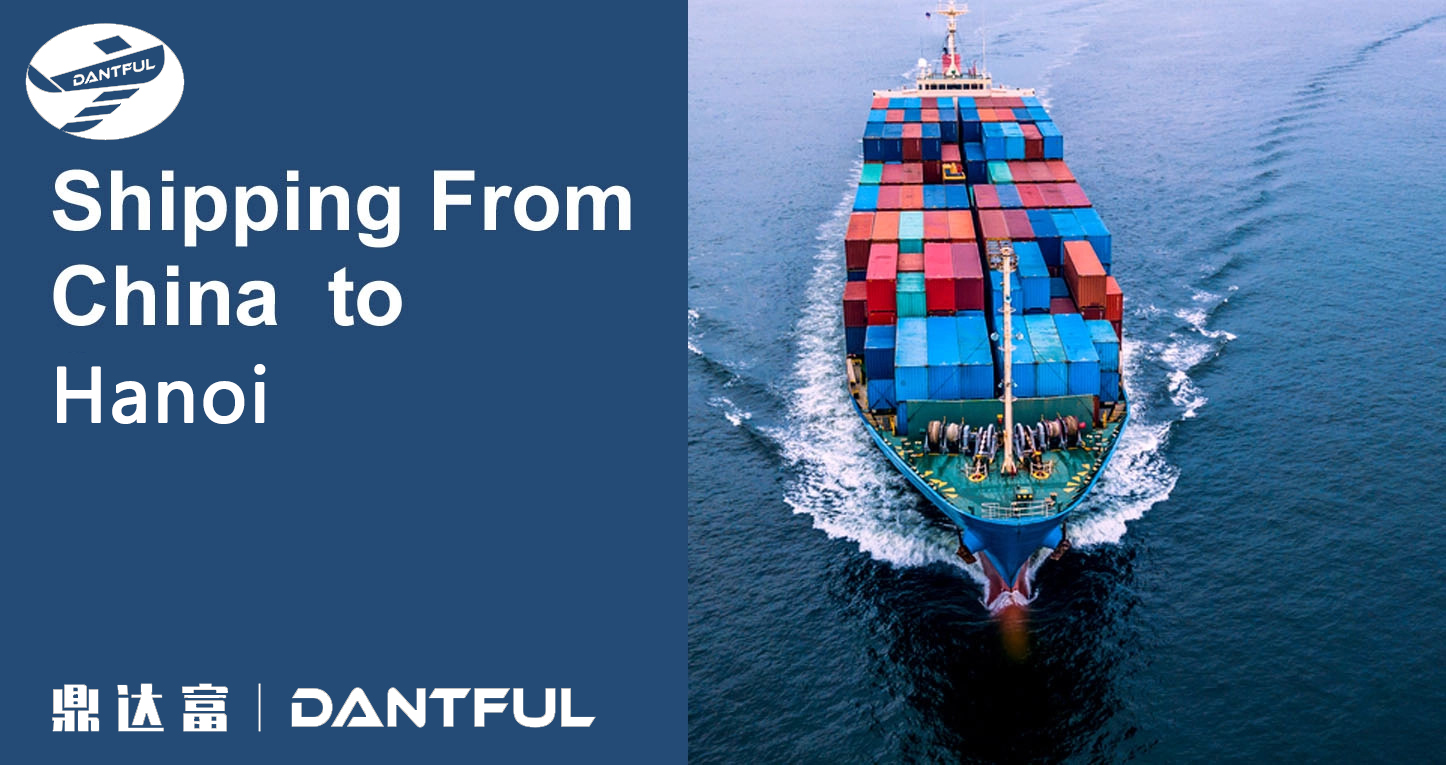
Shipping from China to Hanoi, the capital of Vietnam, is an important part of international trade and commerce. As businesses grow, the demand for efficient and reliable shipping services has grown exponentially. Dantful Shipping understands the importance of this route and is committed to providing best-in-class logistics solutions that facilitate seamless transportation between these two dynamic regions.
Shipping from China to Hanoi offers great opportunities, but it also brings unique challenges. This comprehensive guide will explore the fundamental aspects of shipping between these locations, providing valuable insights, tips, and information on costs and regulations. Whether you are an experienced importer/exporter or a newcomer to the field of international trade, this article will serve as an invaluable resource.
Join us as we delve into the intricacies of shipping from China to Hanoi, helping you navigate the complexities of this route and giving you the knowledge you need for a successful international trade business.
Factors to consider when shipping from China to Hanoi
There are several important things to consider when shipping from China to Hanoi to make sure everything goes smoothly and costs little. First, you need to decide how you want to transport your stuff, such as by plane if it is urgent, or by boat if it is bigger and less urgent. You will also need to figure out how much it will cost, including shipping and taxes. Time is also important, so you need to consider how long it will take to get your item through customs to its destination. You will have to follow Vietnamese customs regulations and make sure all of your paperwork is correct. Your items need to be properly packed and labeled correctly.
It is also a good idea to get insurance in case something goes wrong. Knowing some special vocabulary (such as “Incoterms”) and working with a reliable partner can help. It is important to know how traffic works in Hanoi, as well as respect Vietnamese customs and deal with any safety concerns.
- Method of transportation: Depending on the size, weight, and urgency of your cargo, choose air, sea, or land transportation. Air freight is faster but more expensive, while sea freight is more cost-effective for larger shipments.
- Shipping costs: Calculate the cost of shipping, including shipping costs, handling charges, duties, and taxes. Consider hidden costs, such as storage fees and demurrage fees, that may be incurred when goods are delayed.
- Shipping time: Determine your desired shipping time frame, as it will affect the choice of shipping mode. Keep in mind that customs clearance will add to the shipping time.
- Customs and regulations: Familiarize yourself with Vietnamese customs regulations and import and export requirements. Make sure your products comply with local standards and labeling requirements.
- Documentation: Prepare all necessary shipping documents, including invoices, packing lists, certificates of origin, and import licenses. Accurate and complete documentation is key to avoiding customs delays.
- Packing and labeling: Pack and label your goods correctly to protect them during transit and facilitate customs inspections. Make sure the labels are in both Chinese and Vietnamese to comply with regulations.
- Insurance: Consider purchasing cargo insurance to protect against loss, damage, or theft of goods during transit. Incoterms: Use internationally accepted Incoterms such as EXW, FOB, or DDP to define the liability of the buyer and seller clearly.
- Shipping partners: Choose reliable shipping companies, freight forwarders, and customs brokers with experience on routes from China to Vietnam.
- Hanoi’s infrastructure: Learn about Hanoi’s transport infrastructure, including ports, airports, and road networks. This knowledge can help you plan for efficient transportation of goods within the city.
By carefully considering these factors and working with an experienced logistics partner, you can successfully navigate the complex transportation from China to Hanoi while minimizing risk and optimizing efficiency.
Choose the best method of Shipping in Hanoi
Choosing the most appropriate mode of Shipping from China to Hanoi involves considering various factors that may affect the success and cost-effectiveness of your transportation. Your choice will largely depend on what you are sending and how quickly it gets to its destination. If you have something that needs to be rushed to Hanoi, such as time-sensitive documents or special gifts, flying may be the best option. Air cargo is known for its speed, ensuring that your goods reach their destination in time. On the other hand, if you are transporting a large amount of cargo or if you have more time on your hands, sea freight via a cargo ship may be a cost-effective option.
Sea freight is often less expensive than air freight, making it ideal for businesses transporting bulk goods or items that are not urgently needed. Therefore, when you decide on the best mode of Shipping to Hanoi, it is important to weigh the urgency of shipping against cost considerations to make an informed choice that suits your specific needs.
Air Freight from China to Hanoi
Air freight from China to Hanoi is a mode of Shipping in which goods are transported by plane. This mode of transport has several advantages. First, it is famous for its speed. Air freight is the quickest way to get your items from China to Hanoi and is perfect for emergency deliveries. In addition, air Shipping reduces loading and unloading and shorelines transit time, minimizing the risk of damage to the goods and ensuring that they arrive in good condition. In addition, air cargo services offer a wide range of contacts, enabling you to reach Hanoi efficiently from various Chinese cities. Overall, air cargo is a reliable option for businesses looking for fast and secure transportation.
Benefits of air Freight from China to Hanoi:
- Fast delivery: This is perfect for time-sensitive shipments.
- Reduced risk of damage: Fewer loading and unloading points contribute to cargo security.
- Extensive connectivity: This provides efficient access to Hanoi from multiple cities in China.
Sea freight from China to Hanoi

Sea transport from China to Hanoi is a method of transporting goods using cargo ships that has several significant advantages. First, it stands out as a cost-effective solution, making it the first choice for businesses seeking to manage their shipping expenses. While it does take longer to ship by sea compared to air, it is particularly suitable for goods that are not pressed for time. In addition, sea freight can accommodate bulky and oversized cargo that cannot be accommodated by aircraft, which allows it to transport a wide variety of cargo. In addition, sea transport has less environmental impact than air transport, which is in line with the Sustainable Development Goals. However, when choosing sea freight, it is crucial to plan for longer transit times and ensure a well-organized supply chain to accommodate this extended schedule.
Benefits of sea freight from China to Hanoi:
- Good value for money: This option is ideal for businesses looking to manage transportation costs.
- It is also ideal for non-emergency shipping, which is Great for goods that do not require immediate delivery.
- Versatility: This option efficiently accommodates large and oversized shipments.
- Environmental considerations: This option has a lower carbon footprint compared to air freight.
DDP(Delivery duty paid) from China to Hanoi
DDP(Delivery Duty Paid) shipping from China to Hanoi is an integrated logistics service where the shipper (usually the seller) is responsible for delivering the goods directly to the buyer in Hanoi, Vietnam, and bears all the costs and duties involved in the process. This option simplifies the buyer’s shipping experience as they can receive the goods at their doorstep without having to worry about customs clearance or additional costs. DDP shipping provides transparency and convenience, ensuring a smooth flow of goods from Chinese suppliers to recipients in Hanoi.
Benefits of DDP(Delivery duty paid) from China to Hanoi:
Free of customs clearance:
- The shipper handles all customs formalities and duties, reducing the burden on the buyer.
- Simplified logistics: The buyer receives the goods directly at their location, simplifying the shipping process.
- Cost transparency: All costs, including shipping, taxes, and duties, are covered by the shipper, making it easier for buyers to budget.
Express from China to Hanoi
The Express from China to Hanoi is a quality, fast logistics service designed to transport goods quickly and efficiently. This mode of transportation prioritizes speed and usually delivers packages and parcels within days rather than weeks. Courier companies such as DHL, fedex, and UPS take care of the entire process of picking up packages from China to Hanoi for delivery. They provide features such as real-time tracking, secure packaging, and customs clearance assistance to ensure the goods arrive quickly and in good condition. While express shipping is an excellent option for emergency deliveries, it is often more expensive than standard shipping methods, so it is important to consider your specific shipping needs and budget when choosing this service.
Benefits of China to Hanoi Express:
- Fast delivery is ideal for time-sensitive goods, ensuring timely arrival in Hanoi.
- Real-time tracking provides visibility and transparency throughout the transit process.
- Secure packaging protects the cargo during transit and reduces the risk of damage.
Rail freight from China to Hanoi
Rail freight from China to Hanoi is a land-based mode of transport that involves moving goods by rail. This option offers a balanced combination of cost-effectiveness and efficiency, making it an attractive option for businesses looking to transport goods between these regions. Rail freight is often faster than sea freight and more affordable than air freight, offering an intermediate solution for a variety of cargo types. This is especially useful for goods that are too large to be transported by air but are not urgently needed. This mode of transport is becoming increasingly feasible with the development of rail infrastructure linking China and Vietnam.
Benefits of rail freight from China to Hanoi:
- Cost-effectiveness: It provides a cost-effective alternative to air freight for non-emergency cargo.
- Balanced transit time: It is faster than sea freight, making it suitable for a wide range of cargo types.
- Environmentally friendly: It has a lower carbon footprint compared to air transport.
Road freight from China to Hanoi
Road freight from China to Hanoi requires transporting goods in trucks and other road vehicles through a complex network of roads connecting the two regions. This method is known for its flexibility and accessibility, making it an attractive option for various types of goods. Road freight can enable efficient land freight Shipping, and it offers a more direct route than other methods, such as sea or rail. This mode of transport is especially advantageous for goods that need to be delivered quickly within Vietnam or for those whose destinations are not easily reached by other means. However, it is important to consider customs procedures and regulations when using road freight for international shipments.
Benefits of road freight from China to Hanoi:
Flexibility: Multiple modes of transport to suit various cargo types.
Accessibility: Direct access to destinations within Vietnam and to areas where other modes of Shipping are limited.
Speed: Faster delivery compared to shipping by sea or rail.
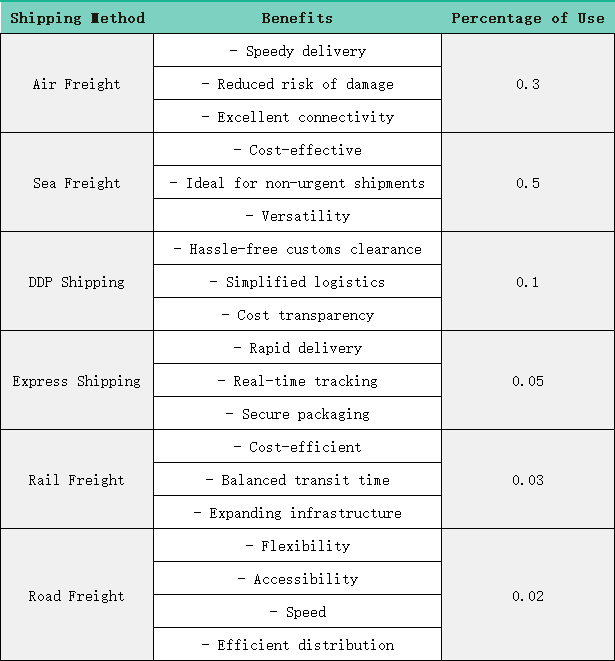
Please note that the percentages provided are approximate and may vary based on factors such as the type of goods, volume of shipments, and specific trade routes.
Air vs. Sea to Hanoi
When it comes to shipping from China to Hanoi, choosing between air and sea is a crucial decision that can significantly affect your business operations. The choice between air and sea transportation depends on factors such as the urgency of transportation, budget constraints, and the nature of the cargo. The nature of the cargo itself is another important consideration – sensitive or high-value items may require the safety and speed offered by air transport. At the same time, larger or less time-sensitive goods may be more suitable for the economical world of maritime transport. To illustrate this choice, let us consider a real-world example:
Scenario: A Chinese electronics manufacturer needs to ship a shipment of high-value computer parts to a technology company in Hanoi, Vietnam.
Air Freight (example):
Benefits:
- Speed: Air freight can be delivered quickly, usually in just a few days, to Hanoi.
- Risk reduction: Shorter transit times and fewer handling points minimize the risk of damaging sensitive electronic components.
- Reliability: Air cargo services provide real-time tracking and guaranteed delivery times.
- Cost: Air freight is usually more expensive than sea freight units due to the advantages of speed and reliability.
Sea freight (examples):
Benefits:
- Cost-effective: For large shipments like containers full of computer parts, sea shipping is cost-effective.
- Versatility: It can handle larger and heavier loads and is ideal for electronics.
- Environmental considerations: Sea transport generally has a lower carbon footprint compared to air transport.
- Cost: While sea transport is cost-effective, it is often accompanied by longer transport times, which may not be suitable for time-sensitive electronic transport.
Choose the right mode of transportation:
If a technology company in Hanoi urgently needs computer parts to fulfill a key order, air freight may be the best option despite the higher cost.
However, if the lead time allows for a longer shipping cycle and cost-effectiveness is prioritized, sea freight becomes the more economical option. When shipping goods from China to Hanoi, businesses must carefully evaluate their specific requirements to determine which mode of transport best meets their needs.
Estimate the cost and shipping time to Hanoi
When it comes to transport from Hanoi to China, it is necessary to have a clear understanding of the estimated costs and transit times associated with different modes of transportation. These factors play a key role in your logistics planning and can have a significant impact on your business operations. Air freight is fast but expensive and takes approximately 3-7 days to arrive. Sea freight is cost-effective for larger shipments but requires patience, with transit times of 15 to 35 days. DDP shipping costs vary and are consistent with air or sea shipping timelines. Express shipping ensures fast delivery in 2-5 days, while rail freight balances cost and speed and takes about 10-20 days. Road freight, while costing variable, takes an average of 15-25 days. Choosing the right method depends on the urgency of the shipment, budget constraints, and the type of cargo, all of which play a key role in successful logistics planning from China to Hanoi.
Below is a table that summarizes the estimated cost and shipping time from China to Hanoi using various methods:
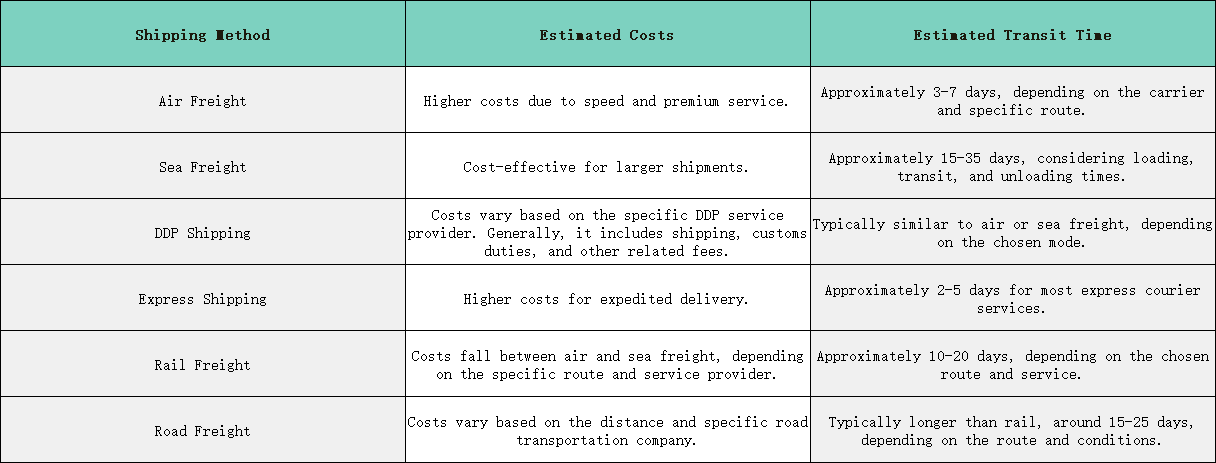
These estimated costs and transit times should serve as general guidelines to help businesses plan their shipments from China to Hanoi.
Necessary documents for shipment to Hanoi
For shipping from China to Hanoi, Vietnam, whether from China or anywhere else, proper documentation is a key aspect to ensure smooth compliance of the logistics process. Accurate and complete paperwork not only helps the movement of goods but also helps businesses avoid costly delays and potential legal issues, and complete documentation not only helps in customs clearance but also in successful international trade operations. Here are some of the important documents required for shipping to Hanoi:
- Commercial Invoice: The commercial invoice acts as the primary document detailing the transaction between the buyer and seller. It includes information such as the description, value, quantity, and conditions of sale of the goods. Both the buyer and seller must have a copy, and customs authorities in Hanoi will use it to assess duties and taxes.
- Packing list: The packing list provides a detailed breakdown of the contents of each package or container. It includes information such as the weight, dimensions, and type of packaging of each item. Customs officials use this document to verify the accuracy of the goods during inspection.
- Bill of Lading (B/L): For maritime goods, a bill of lading is a vital document issued by the carrier. It can be used as a receipt for goods, a contract of carriage, and a document of title. The consignee (consignee) must claim the goods by presenting a properly endorsed bill of lading at the port of destination in Hanoi.
- Certificate of Origin: This document specifies the origin of the goods and is essential for assessing applicable duties and duties.
- In some cases, preferential trade agreements may reduce tariffs, so it is important to prove the origin of goods to benefit from these agreements.
- Customs Declaration: A customs declaration, also known as a Customs entry or import declaration, provides customs authorities with basic information about the goods, their value, and their classification. This is a formal request to the customs for the import of the goods into Hanoi.
- Import Licenses and Permits: Depending on the nature of the goods, import licenses and permits may be required. These documents prove compliance with regulations and safety standards and may be issued by various government agencies in Vietnam.
- Insurance Documents: Cargo insurance documents provide proof of insurance against possible loss, damage, or theft of the goods during transportation. While insurance is not mandatory, it is highly recommended to purchase insurance to protect against unforeseen events.
- Phytosanitary certificates and other specialized documents: Specialized certificates or licenses may be required for certain types of goods, such as agricultural products or chemicals, in order to comply with health and safety regulations.
- Letters of Credit (if applicable): Letters of credit may be used to guarantee payment in certain trade transactions. This document outlines the terms and conditions of payment, which must be followed carefully by both parties.
- Shipping documents: These documents include documents related to the chosen mode of transportation, such as air transport documents for air transport or road transport documents for truck transport.
It is important to note that the specific documentation requirements may vary depending on the nature of the shipment, its value, and the regulatory environment in Vietnam. Therefore, it is recommended that you consult experienced freight forwarders, customs brokers, and legal experts to ensure compliance and the smoothest shipping process when shipping your goods to Hanoi.
How do I go through Hanoi Customs clearance?
Customs is a crucial step in the transportation process from China to Hanoi, Vietnam. It involves complying with customs regulations, providing the necessary documents, and paying any applicable duties and taxes.
Customs clearance can be a complex and time-sensitive process, so working with a knowledgeable customs broker is highly recommended. They can guide you through the requirements, help prevent potential problems, and ensure that your goods are cleared efficiently and compliant. In addition, staying informed of changes in customs regulations and maintaining an open line of communication with your customs broker are essential steps to ensure smooth customs clearance in Hanoi.
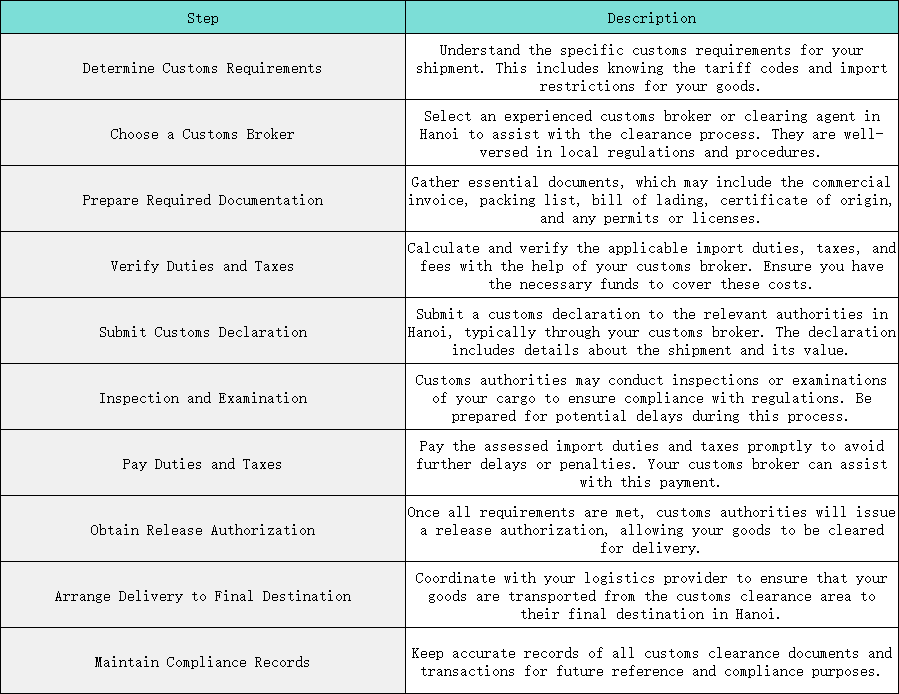
Here is a guide on how to clear customs in Hanoi.
Avoid common mistakes when shipping to Hanoi
Shipping from China to Hanoi, Vietnam, can be a good thing, but it can also be tricky. To make sure everything goes smoothly and without any problems, you need to avoid making some common mistakes. These mistakes can lead to delays, additional costs, and other problems. Here are some things you need to consider so you can avoid these problems:
- Clerical errors: A big mistake is not filling out the right paperwork correctly. It would be best if you made sure that all of your paperwork is complete and accurate. This includes invoices, a list of the items in the package, and documents that state where the items came from. Paperwork errors can slow down customs.
- Non-compliance: Vietnam has its own rules about what can and cannot be brought into the country. Not knowing or not following these rules can get your stuff taken away or make things take longer. It is a good idea to work with someone familiar with these rules, such as a customs expert.
- Poor packaging: If you pack things properly, they can stay intact during shipping.
- Use good packing materials and make sure items are packed securely, especially if they are fragile.
- Ignore the cost: It costs money to bring things to Vietnam. This includes taxes and fees. You will need to figure out how much this will all cost and make sure you have enough money to pay when your stuff arrives.
- Incorrect labeling: It is important to label and mark your items correctly. This can help everyone know where things are going and what to do with them. Mislabeling can cause problems with shipping or customs.
- Thinking it will be quick: Sometimes, shipping things can take longer than you expect, especially if you use sea freight. So, be sure to plan and give yourself plenty of time.
- Choose the wrong type of shipping: There are different ways to send things, such as by plane or boat. Each method has its advantages and disadvantages. It would help if you chose the way that makes the most sense for your items, such as how big they are and how long it will take to get to Hanoi.
- No insurance: If your items are not insured, you may not get any refund if something bad happens to them. So, be sure to get insurance, especially if your items are expensive or easily damaged.
- Plan for surprises: Sometimes, things go differently than planned. It could be bad weather or a change in competition rules. It would be best if you had a backup plan when these things happen.
By avoiding these common mistakes and planning carefully when you send things to Hanoi, you can ensure that everything goes smoothly and without problems. It is also a good idea to work with someone who knows about shipping and customs in Vietnam to make things easier.
Why is Dantful the best freight forwarder in the Hanoi?

There are a few things you should consider when looking for a freight forwarder. The first is experience. Dantful Freight has been in the shipping industry for more than a decade and has been operating in the Hanoi market since we embarked on our journey.
We have a separate team to take care of clients from the Hanoi. The team is focused on the Hanoi market. As a result, we can guarantee a smooth and safe shipping experience.
Another important thing is the cost. We have contracts with all the big carriers and Courier companies. As a result, we can offer Hanoi customers better prices than any other company in China.
The experts will take care of all your shipments. We also have a dedicated customs department in the Hanoi, which is always updated in accordance with the Hanoi Customs policy.
Whether it is LCL or door-to-door, Dantful Freight always offers Hanoi customers the best shipping experience.

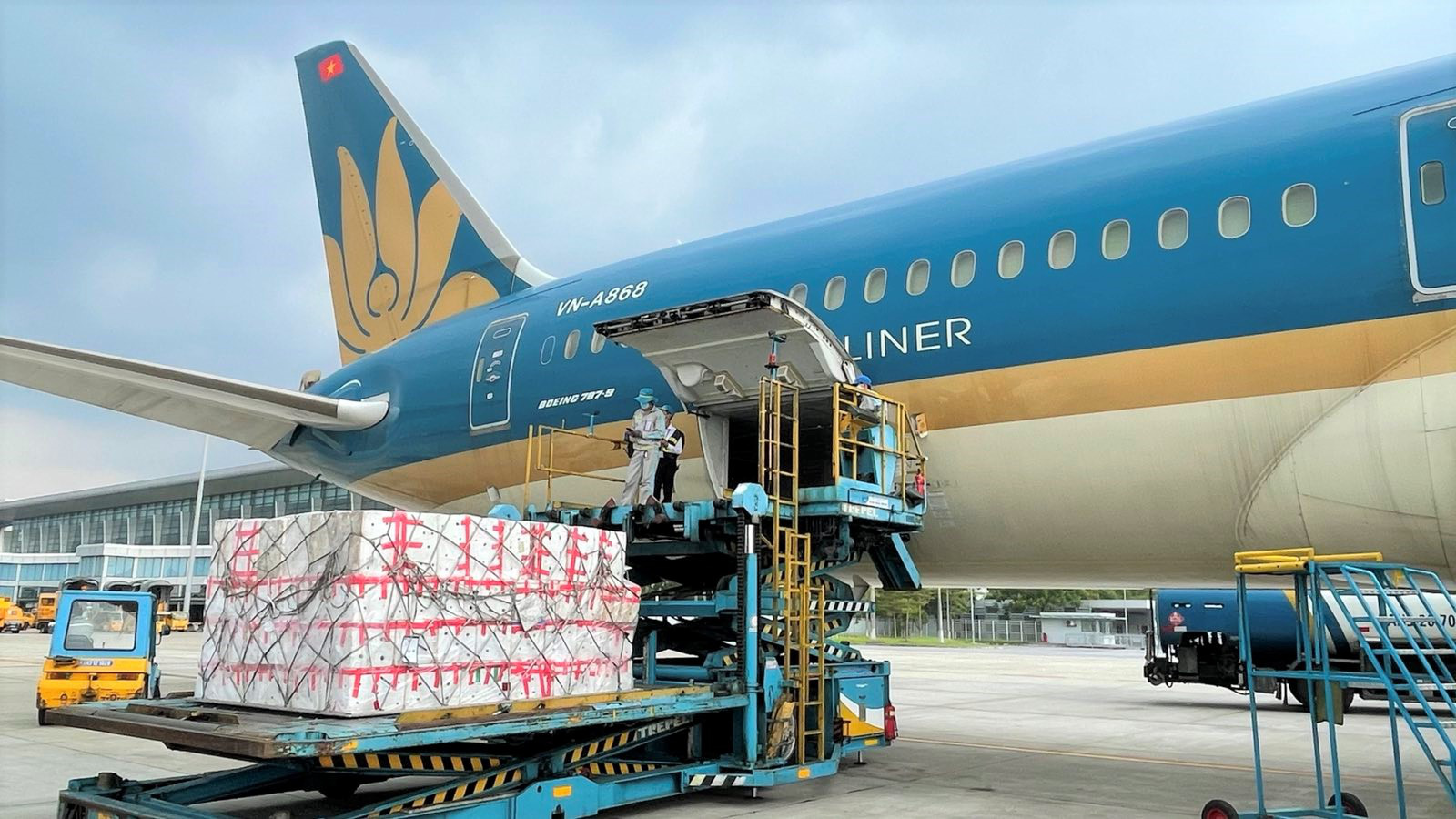




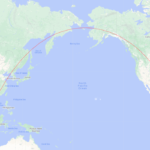


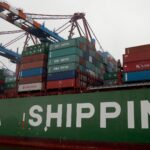
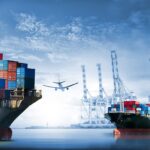
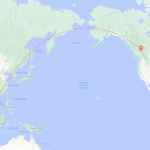
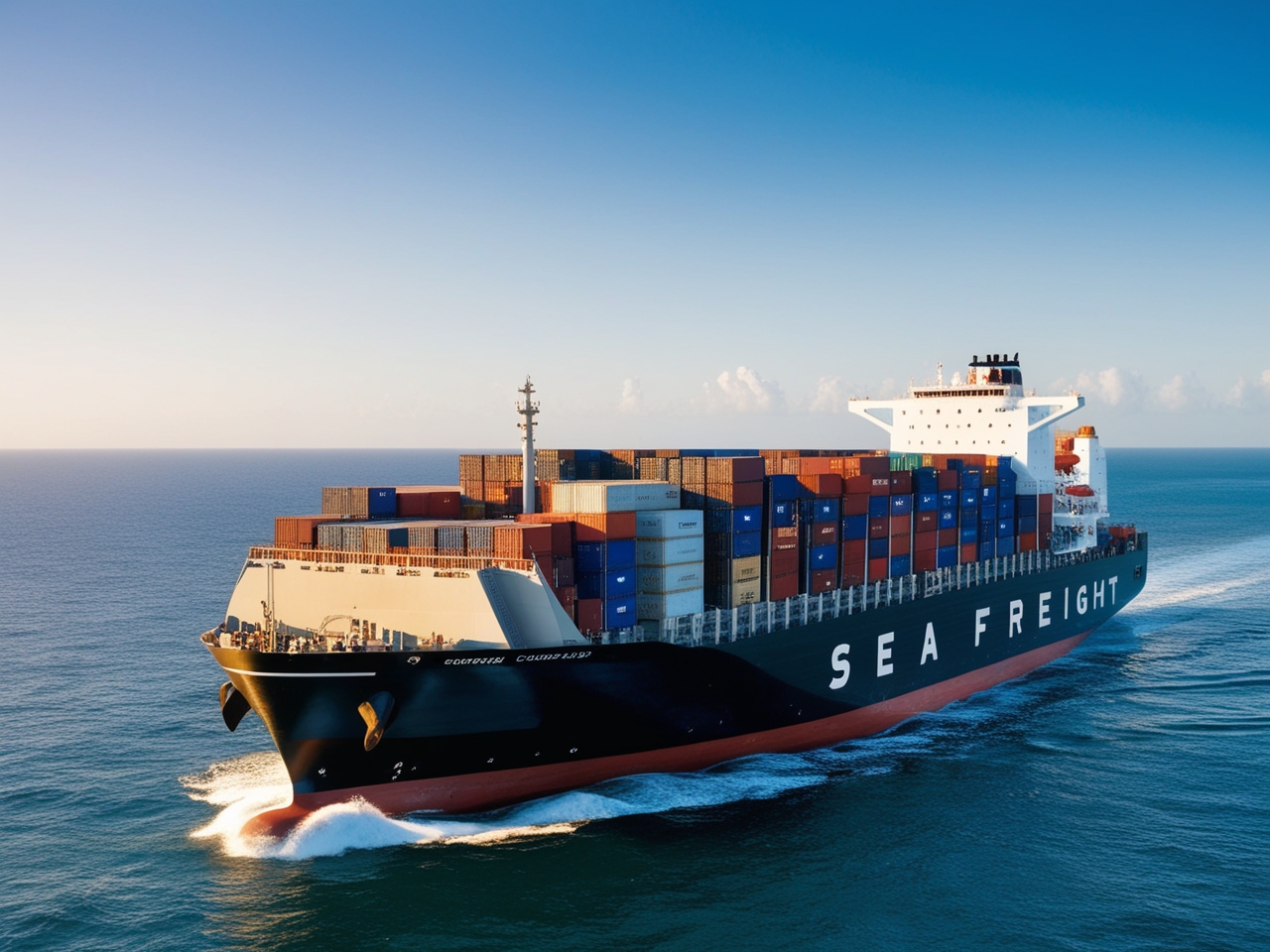
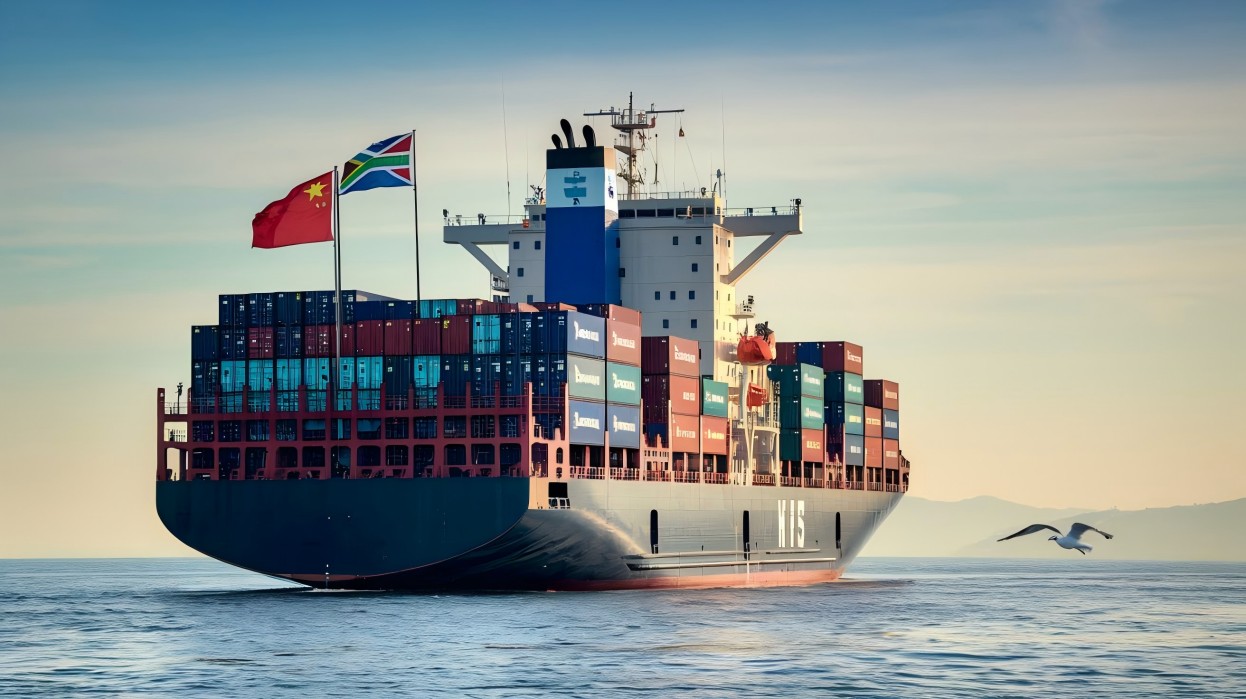
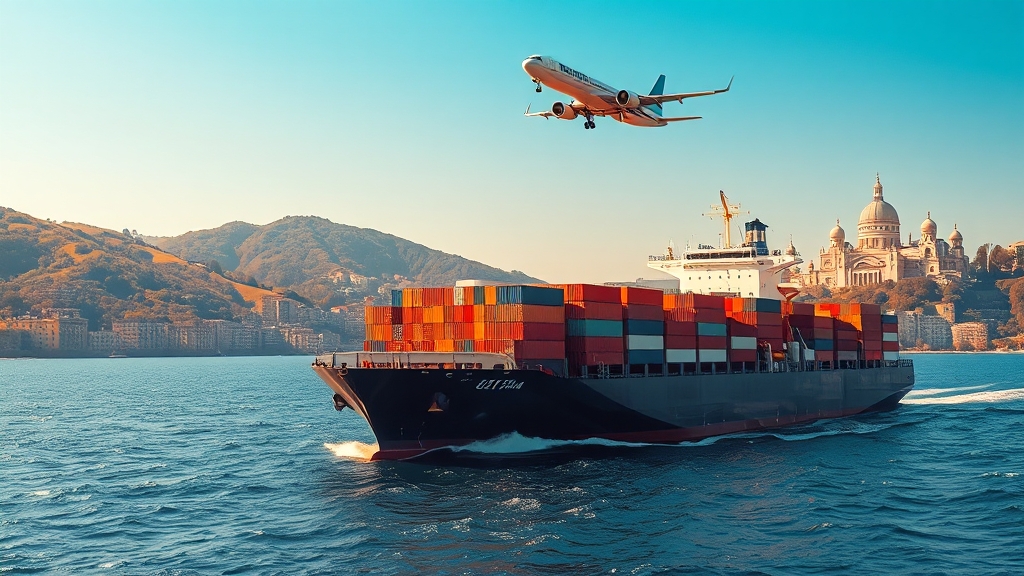
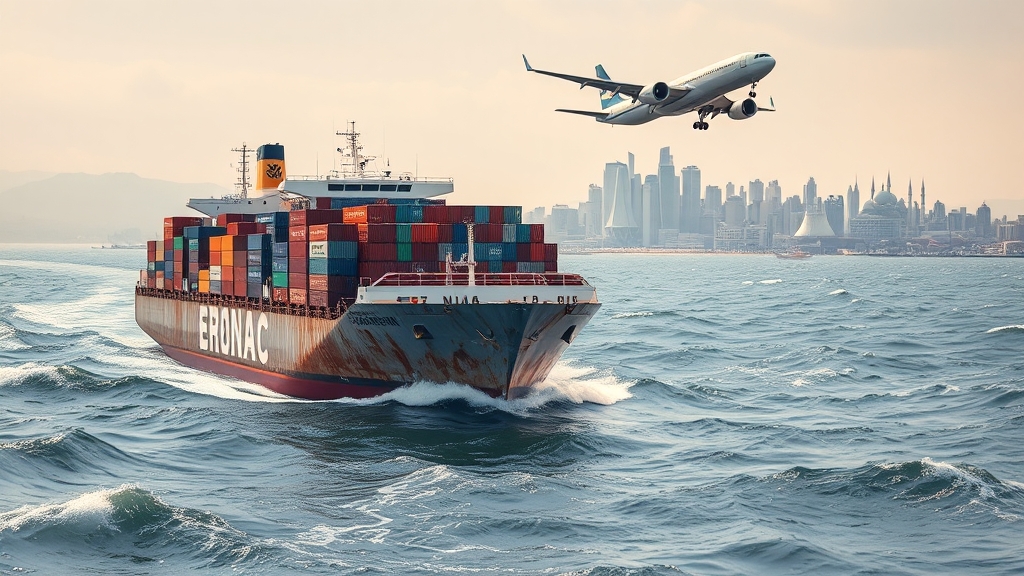
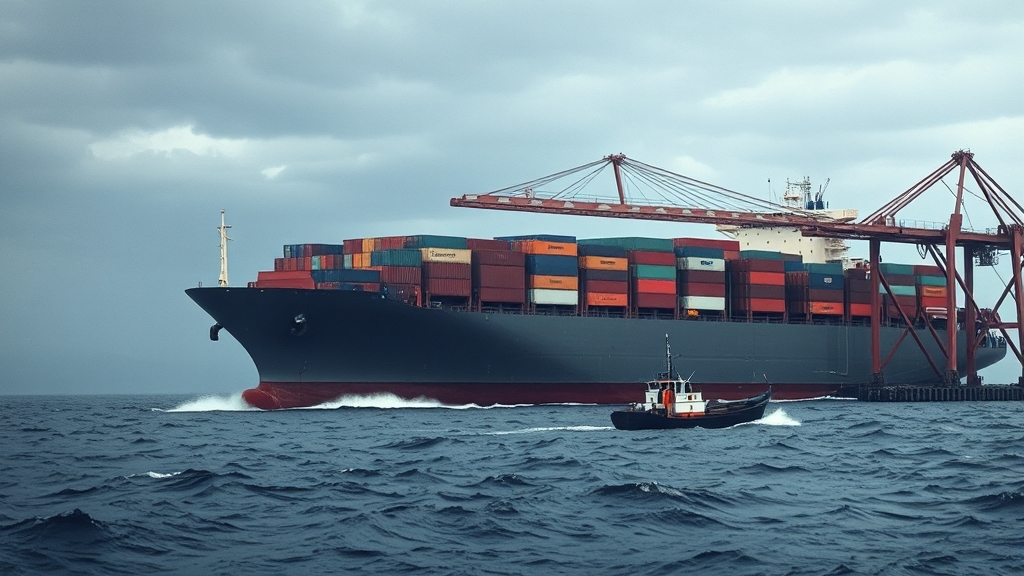





 Afrikaans
Afrikaans Shqip
Shqip አማርኛ
አማርኛ العربية
العربية Հայերեն
Հայերեն Azərbaycan dili
Azərbaycan dili Euskara
Euskara Беларуская мова
Беларуская мова বাংলা
বাংলা Bosanski
Bosanski Български
Български Català
Català Cebuano
Cebuano Chichewa
Chichewa 简体中文
简体中文 繁體中文
繁體中文 Corsu
Corsu Hrvatski
Hrvatski Čeština
Čeština Dansk
Dansk Nederlands
Nederlands English
English Esperanto
Esperanto Eesti
Eesti Filipino
Filipino Suomi
Suomi Français
Français Galego
Galego ქართული
ქართული Deutsch
Deutsch Ελληνικά
Ελληνικά Kreyol ayisyen
Kreyol ayisyen Harshen Hausa
Harshen Hausa Ōlelo Hawaiʻi
Ōlelo Hawaiʻi עִבְרִית
עִבְרִית हिन्दी
हिन्दी Hmong
Hmong Magyar
Magyar Íslenska
Íslenska Igbo
Igbo Bahasa Indonesia
Bahasa Indonesia Gaeilge
Gaeilge Italiano
Italiano 日本語
日本語 Basa Jawa
Basa Jawa ಕನ್ನಡ
ಕನ್ನಡ Қазақ тілі
Қазақ тілі ភាសាខ្មែរ
ភាសាខ្មែរ 한국어
한국어 كوردی
كوردی Кыргызча
Кыргызча ພາສາລາວ
ພາສາລາວ Latin
Latin Latviešu valoda
Latviešu valoda Lietuvių kalba
Lietuvių kalba Lëtzebuergesch
Lëtzebuergesch Македонски јазик
Македонски јазик Malagasy
Malagasy Bahasa Melayu
Bahasa Melayu മലയാളം
മലയാളം Maltese
Maltese Te Reo Māori
Te Reo Māori मराठी
मराठी Монгол
Монгол ဗမာစာ
ဗမာစာ नेपाली
नेपाली Norsk bokmål
Norsk bokmål پښتو
پښتو فارسی
فارسی Polski
Polski Português
Português ਪੰਜਾਬੀ
ਪੰਜਾਬੀ Română
Română Русский
Русский Samoan
Samoan Gàidhlig
Gàidhlig Српски језик
Српски језик Sesotho
Sesotho Shona
Shona سنڌي
سنڌي සිංහල
සිංහල Slovenčina
Slovenčina Slovenščina
Slovenščina Afsoomaali
Afsoomaali Español
Español Basa Sunda
Basa Sunda Kiswahili
Kiswahili Svenska
Svenska Тоҷикӣ
Тоҷикӣ தமிழ்
தமிழ் తెలుగు
తెలుగు ไทย
ไทย Türkçe
Türkçe Українська
Українська اردو
اردو O‘zbekcha
O‘zbekcha Tiếng Việt
Tiếng Việt Cymraeg
Cymraeg יידיש
יידיש Yorùbá
Yorùbá Zulu
Zulu